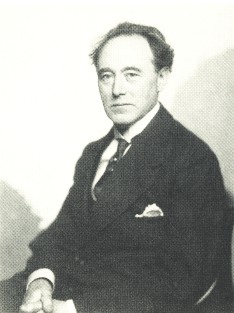Felix Weingartner - String Quartet No. 3 (1903)
Performed by the Sarastro Quartet.
I. Allegro Comodo - 00:00
II. Allegro Molto - 12:06
III. Poco Adagio - Allegro Giocoso - 20:50
Wilhelm Altmann in his Handbook for String Quartet Players called this work a masterpiece of quartet technique, and, indeed, it is a powerful, impressive work on several counts. Weingartner's style shows the influence of Wagner and combines late Romanticism with early Modernism. It can be said to share a great deal in common with such contemporaries as Richard Strauss and Mahler.
Felix Weingartner (1863-1942) was born in Zara, Dalmatia, today's Zadar, Croatia, to Austrian parents. In 1883, he went to the Leipzig Conservatory where he studied composition with Carl Reinecke. He also studied privately with Franz Liszt in Weimar. Weingartner was one of the most famous and successful conductors of his time, holding positions in Hamburg, Mannheim, Danzig, Munich, Berlin and Vienna, where he succeeded Gustav Mahler as Director of the Imperial Opera. Despite his demanding career as a conductor, Weingartner, like Mahler, thought of himself equally as a composer and devoted considerable time to composition. He wrote several symphonies, numerous operas, some instrumental concertos, and a considerable amount of chamber music, including four string quartets, a piano sextet and a string quintet. Additionally he wrote a great number of vocal works and instrumental sonatas. Though many of his works originally achieved a fair amount acclaim, they quickly disappeared from the concert stage. It is only in the past few years that their excellence has been rediscovered.
| Deutsch: Porträt des Komponisten Felix von Weingartner. (Photo credit: Wikipedia) |
This is a highly individual and original work of the first order from the important transitional era of Romanticism to Modernism.









